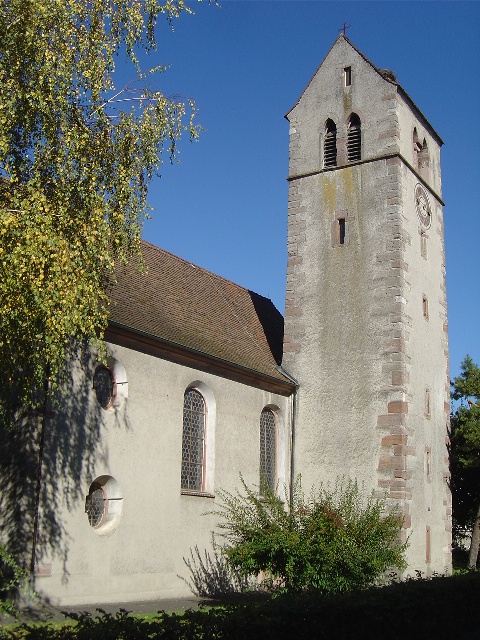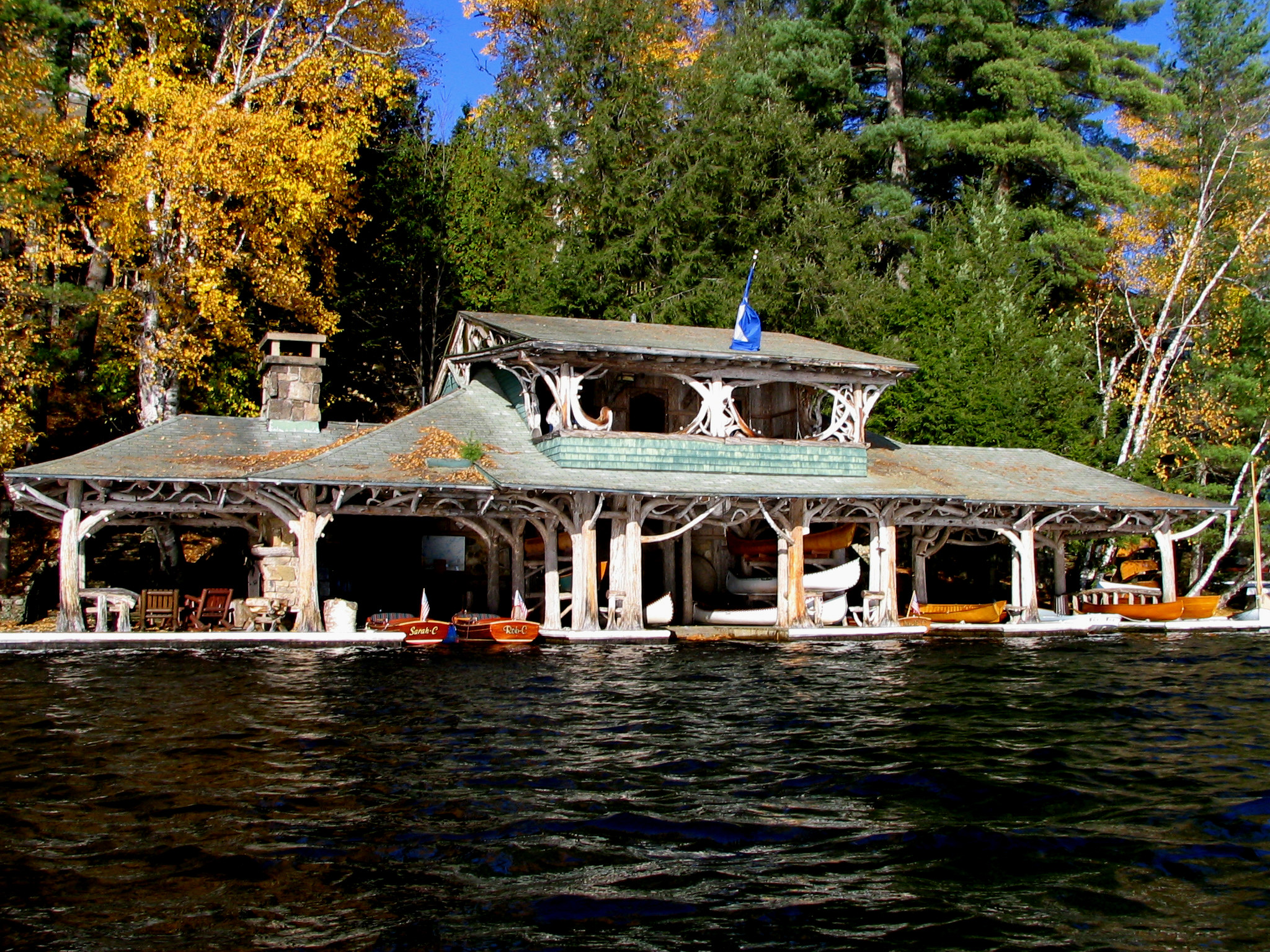|
Amphitheatre Of Castrum Rauracense
The Amphitheatre of Catrum Rauracense is the youngest known surviving Roman amphitheatre across the entire Roman Empire. It is located in the ancient Roman fort of ''Castrum Rauracense'', near Kaiseraugst, Switzerland and only ruins survive today. It is the eighth Roman amphitheatre discovered in Switzerland to date. The fort was built around 300 AD, and the amphitheatre also dates to the fourth century, shortly before the collapse of the Roman Empire and local Germanic tribes moved into the area; the amphitheatre was extant by around 337 to 341 AD based on coins found at the site. It was built on the site of a Roman quarry and is roughly long and wide. A boathouse was planned to be built on the site, and the ruins of a Roman quarry were expected to be found. Excavations by the Aargau Canton Archaeology Department, led by Jakob Baerlocher, began on the site in December 2021 and the amphitheatre was discovered instead, with parts of the gates and side entrances complete with pr ... [...More Info...] [...Related Items...] OR: [Wikipedia] [Google] [Baidu] |
Roman Amphitheatre
Roman amphitheatres are theatres – large, circular or oval open-air venues with raised seating – built by the ancient Romans. They were used for events such as gladiator combats, ''venationes'' (animal slayings) and executions. About List of Roman amphitheatres, 230 Roman amphitheatres have been found across the area of the Roman Empire. Early amphitheatres date from the Roman Republic, Republican period, though they became more monumental during the Roman Empire, Imperial era.Bomgardner, 61. Amphitheatres are distinguished from Circus (building), circuses and hippodromes, which were usually rectangular and built mainly for racing events, and Stadium, stadia, built for sport, athletics, but several of these terms have at times been used for one and the same venue. The word ''amphitheatrum'' means "theatre all around". Thus, an amphitheatre is distinguished from the traditional semicircular Roman theatre (structure), Roman theatres by being circular or oval in shape.Bomgardner ... [...More Info...] [...Related Items...] OR: [Wikipedia] [Google] [Baidu] |
Roman Empire
The Roman Empire ( la, Imperium Romanum ; grc-gre, Βασιλεία τῶν Ῥωμαίων, Basileía tôn Rhōmaíōn) was the post-Republican period of ancient Rome. As a polity, it included large territorial holdings around the Mediterranean Sea in Europe, North Africa, and Western Asia, and was ruled by emperors. From the accession of Caesar Augustus as the first Roman emperor to the military anarchy of the 3rd century, it was a Principate with Italia as the metropole of its provinces and the city of Rome as its sole capital. The Empire was later ruled by multiple emperors who shared control over the Western Roman Empire and the Eastern Roman Empire. The city of Rome remained the nominal capital of both parts until AD 476 when the imperial insignia were sent to Constantinople following the capture of the Western capital of Ravenna by the Germanic barbarians. The adoption of Christianity as the state church of the Roman Empire in AD 380 and the fall of the Western ... [...More Info...] [...Related Items...] OR: [Wikipedia] [Google] [Baidu] |
Roman Fort
In the Roman Republic and the Roman Empire, the Latin word ''castrum'', plural ''castra'', was a military-related term. In Latin usage, the singular form ''castrum'' meant 'fort', while the plural form ''castra'' meant 'camp'. The singular and plural forms could refer in Latin to either a building or plot of land, used as a fortified military base.. Included is a discussion about the typologies of Roman fortifications. In English usage, ''castrum'' commonly translates to "Roman fort", "Roman camp" and "Roman fortress". However, scholastic convention tends to translate ''castrum'' as "fort", "camp", "marching camp" or "fortress". Romans used the term ''castrum'' for different sizes of camps – including large legionary fortresses, smaller forts for cohorts or for auxiliary forces, temporary encampments, and "marching" forts. The diminutive form ''castellum'' was used for fortlets, typically occupied by a detachment of a cohort or a ''centuria''. For a list of known castra, ... [...More Info...] [...Related Items...] OR: [Wikipedia] [Google] [Baidu] |
Castrum Rauracense
Kaiseraugst ( Swiss German: ''Chäiseraugscht'') is a municipality within the district of Rheinfelden in the canton of Aargau in Switzerland. It is named after the Ancient Roman city of Augusta Raurica whose ruins are situated nearby. The prefix ''Kaiser-'' ("imperial") refers to the fact that from medieval times this town formed part of the Habsburg territory of Further Austria, as opposed to neighbouring village of Augst, part of the then Canton of Basel in the Old Swiss Confederacy. History About AD 300, following the loss of the Limes Germanicus and the right bank of the Rhine, the Roman army built a fort near the city of Augusta Raurica. The fort, which was named ''Castrum Rauracense'' was intended to serve as the headquarters of the '' legio I Martia'' and to protect a ford over the Rhine. During the 4th century, the fort grew in importance because it commanded a bridge that lay along the road from Gaul to the Danube, and sometime around 337 and 341 AD, an amphithe ... [...More Info...] [...Related Items...] OR: [Wikipedia] [Google] [Baidu] |
Kaiseraugst
Kaiseraugst (Swiss German: ''Chäiseraugscht'') is a municipality within the district of Rheinfelden in the canton of Aargau in Switzerland. It is named after the Ancient Roman city of Augusta Raurica whose ruins are situated nearby. The prefix ''Kaiser-'' ("imperial") refers to the fact that from medieval times this town formed part of the Habsburg territory of Further Austria, as opposed to neighbouring village of Augst, part of the then Canton of Basel in the Old Swiss Confederacy. History About AD 300, following the loss of the Limes Germanicus and the right bank of the Rhine, the Roman army built a fort near the city of Augusta Raurica. The fort, which was named ''Castrum Rauracense'' was intended to serve as the headquarters of the '' legio I Martia'' and to protect a ford over the Rhine. During the 4th century, the fort grew in importance because it commanded a bridge that lay along the road from Gaul to the Danube, and sometime around 337 and 341 AD, an amphitheatre, ... [...More Info...] [...Related Items...] OR: [Wikipedia] [Google] [Baidu] |
Decline Of The Roman Empire
The fall of the Western Roman Empire (also called the fall of the Roman Empire or the fall of Rome) was the loss of central political control in the Western Roman Empire, a process in which the Empire failed to enforce its rule, and its vast territory was divided into several successor polities. The Roman Empire lost the strengths that had allowed it to exercise effective control over its Western provinces; modern historians posit factors including the effectiveness and numbers of the army, the health and numbers of the Roman population, the strength of the economy, the competence of the emperors, the internal struggles for power, the religious changes of the period, and the efficiency of the civil administration. Increasing pressure from invading barbarians outside Roman culture also contributed greatly to the collapse. Climatic changes and both endemic and epidemic disease drove many of these immediate factors. The reasons for the collapse are major subjects of the histor ... [...More Info...] [...Related Items...] OR: [Wikipedia] [Google] [Baidu] |
Boathouse
A boathouse (or a boat house) is a building especially designed for the storage of boats, normally smaller craft for sports or leisure use. describing the facilities These are typically located on open water, such as on a river. Often the boats stored are rowing boats. Other boats such as punts or small motor boats may also be stored. A boathouse may be the headquarters of a boat club or rowing club and used to store racing shells, in which case it may be known as a shell house. Boat houses may also include a restaurant, bar,A Description of a boat house or other leisure facilities, perhaps for members of an associated club. They are also sometimes modified to include living quarters for people, or the whole structure may be used as temporary or permanent housing. In Scandinavia, the ... [...More Info...] [...Related Items...] OR: [Wikipedia] [Google] [Baidu] |
Jakob Baerlocher
{{disambiguation ...
Jakob may refer to: People * Jakob (given name), including a list of people with the name * Jakob (surname), including a list of people with the name Other * Jakob (band), a New Zealand band, and the title of their 1999 EP * Max Jakob Memorial Award, annual award to scholars in the field of heat transfer * Ohel Jakob synagogue (Munich) See also * Jacob (other) * St. Jacob (other) St. Jacob is James, son of Zebedee, or Saint James the Great. James is used as a translation of the Hebrew name Jacob (Ya'akov). St. Jacob, St. Jacobs or St. Jakob may also refer to: People *Saint James (other) * Saint Jacob of Alaska, ... [...More Info...] [...Related Items...] OR: [Wikipedia] [Google] [Baidu] |
In Situ
''In situ'' (; often not italicized in English) is a Latin phrase that translates literally to "on site" or "in position." It can mean "locally", "on site", "on the premises", or "in place" to describe where an event takes place and is used in many different contexts. For example, in fields such as physics, geology, chemistry, or biology, ''in situ'' may describe the way a measurement is taken, that is, in the same place the phenomenon is occurring without isolating it from other systems or altering the original conditions of the test. The opposite of ''in situ'' is ''ex situ''. Aerospace In the aerospace industry, equipment on-board aircraft must be tested ''in situ'', or in place, to confirm everything functions properly as a system. Individually, each piece may work but interference from nearby equipment may create unanticipated problems. Special test equipment is available for this ''in situ'' testing. It can also refer to repairs made to the aircraft structure or flight con ... [...More Info...] [...Related Items...] OR: [Wikipedia] [Google] [Baidu] |







